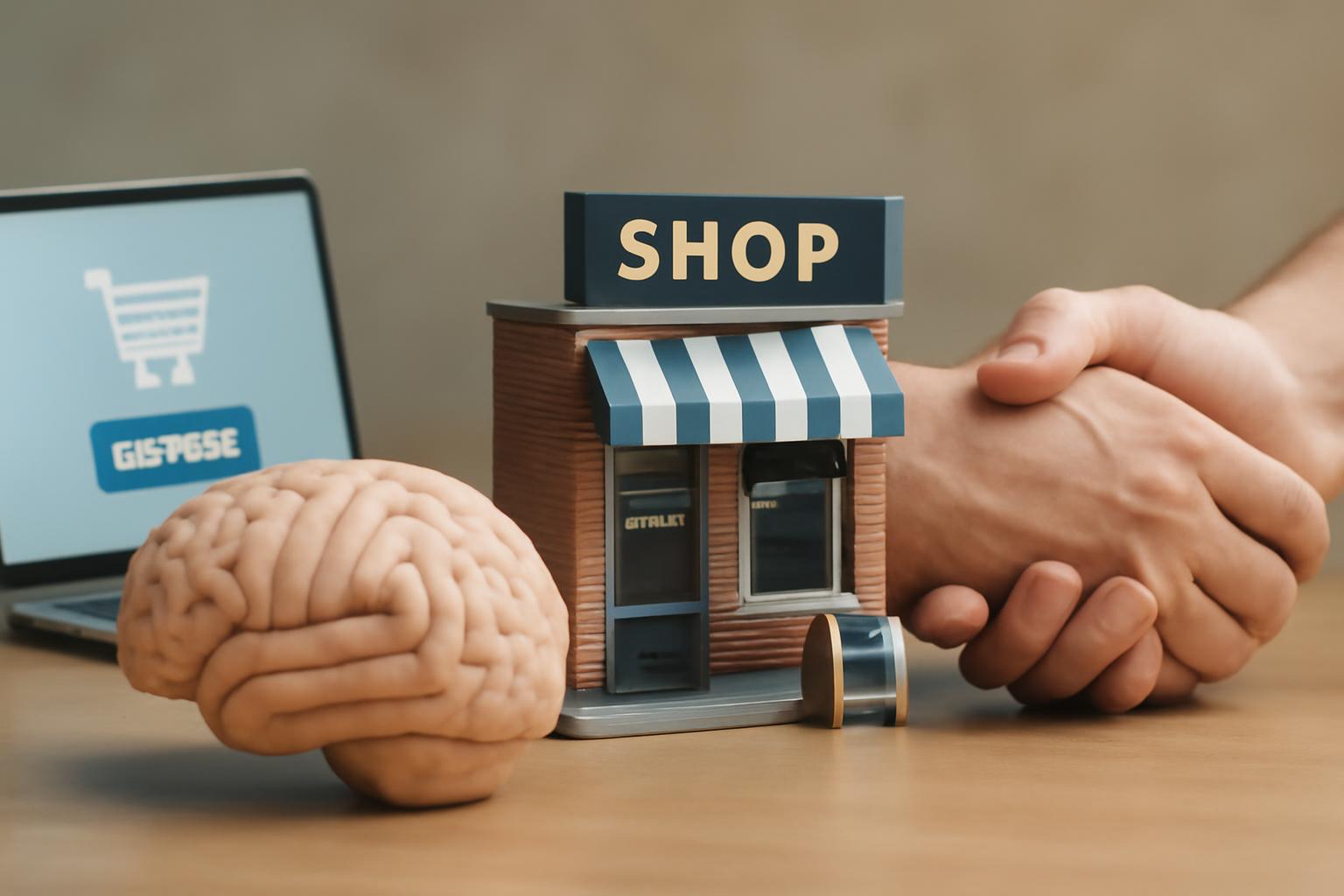A running shop in Karlsruhe devotes long, careful attention to each customer—foot impressions, gait analysis on video, fittings that can take a full hour. Yet even with such specialized service, many customers still drift toward online purchases, often after asking about non‑stock colors or after bringing the idea home to rethink. About one in ten leave the consultation with a photo of the shoe or box, a signal that they are likely planning an online purchase later. An online poll found that roughly a third of respondents admitted doing this at least once, despite some disapproval, and shopkeepers have even hung window placards to remind customers that expert guidance has value and that the shop needs revenue to stay viable. Street chatter is mixed: some people want to defend the local retail landscape, others admit they buy online if prices are lower or they’re not in a hurry. Online information often ends up drawing people into stores; a Google‑commissioned study suggests that nearly half of purchases start with online research before buying in person, while the reverse— seeking in‑store advice and then ordering online—has been declining. In Karlsruhe, a shopper chooses to buy in the shop to support local retail after negative online experiences, underscoring the enduring value of personal consultation. The broader picture is of a retail world where digital channels lure customers into physical stores, yet highly skilled, face‑to‑face service remains indispensable.
What is unfolding here is a stark demonstration of knowledge and coordination in a modern economy. The great insight of our time is not that information moves online or that shops compete with platforms; it is that knowledge is dispersed, tacit, and situational. The running shop’s craft—reading a gait, feeling the fit, judging the subtleties of color and material—is a repository of know‑how no screen can fully capture. The customer’s decision to photograph a shoe or to rethink the purchase at home reveals the personal, deliberative process by which information is gathered, compared, and finally acted upon. And yet the very fact that online research so often precedes or accompanies a store visit shows that the market’s information architecture is not a battle between two worlds but a single, evolving system of discovery.
In this system, the local retailer is not a quaint vestige but a crucial node in the flow of knowledge. The entrepreneur who spends an hour with a customer is performing a public service of sorts: translating dispersed, tacit expertise into a usable decision for a specific person. The online channel, for all its speed and breadth, cannot substitute the trust built through eye contact, the quiet authority of a trained hand, or the moral economy of ongoing patronage—the understanding that a local business survives only if it earns the goodwill and time of its customers. The act of choosing between online and in‑person shopping becomes, in essence, a microcosm of how a free market coordinates dispersed knowledge: price signals, reputations, and the incentives created by competition align to push consumers toward the option that best solves their particular problem at that moment.
There is danger in treating the tension between online and offline as a moral battleground or as a policy problem to be solved by licensing, subsidies, or placards. The healthier response is to preserve and strengthen the conditions under which the price system and voluntary exchange reveal what works. allow skilled service to flourish alongside vast information networks; reduce unnecessary frictions that drive otherwise sensible shoppers to abandon in‑person advice; encourage training and craftsmanship so that the local shop can continue to offer unique, tacit knowledge that screens and screens cannot replace. And above all, remember that the shopper’s decision is shaped by more than price—by trust, by habit, by the social and civic value of supporting the place where a neighbor can be met, fitted, and understood.
If we insist on forcing a simplification—that one channel will always dominate or that personal service is a transient surplus—we miss the core lesson: the economy’s order arises from the spontaneous cooperation of millions of hands, each with their own fragment of knowledge. The fusion of online research and in‑person care can be a robust, catallactic order only if we defend the institutions—like the trusted local shop—that convert scattered knowledge into practical outcomes. In that sense, the resilience of local retail depends not on resisting online commerce, but on nurturing the human capacity to turn information into confident, individualized judgment. The future of shopping, properly understood, is not a choice between convenience and craft but a harmonious collaboration where digital information draws people into skilled, face‑to‑face service that no screen can ever perfectly replicate.
